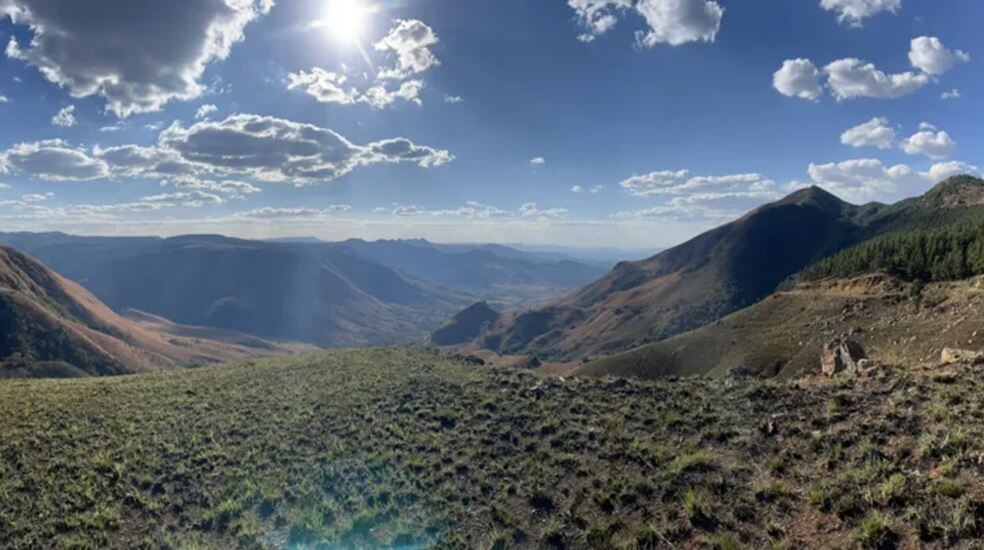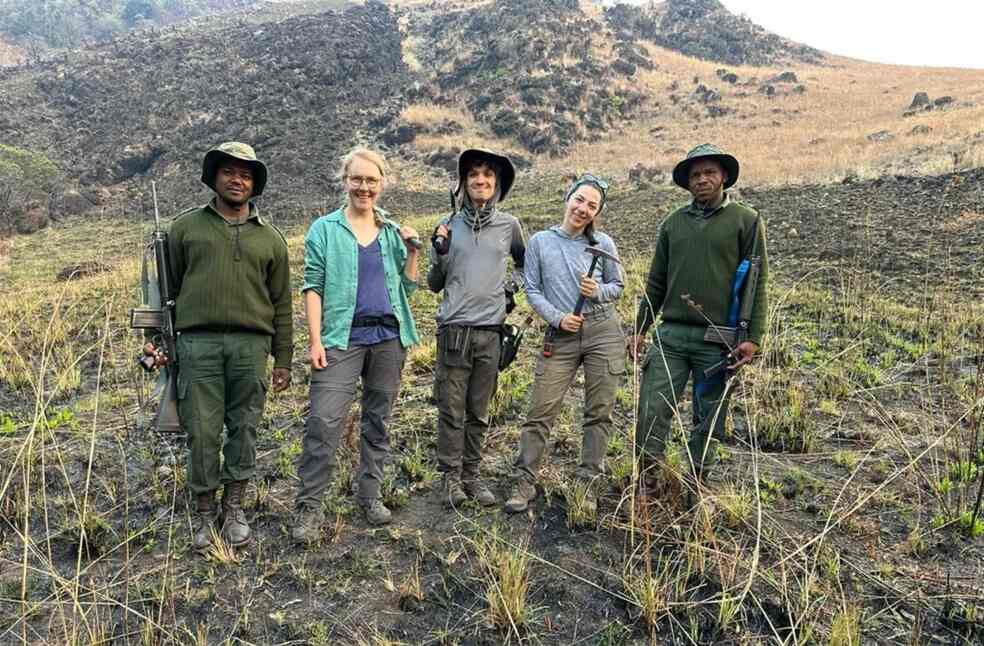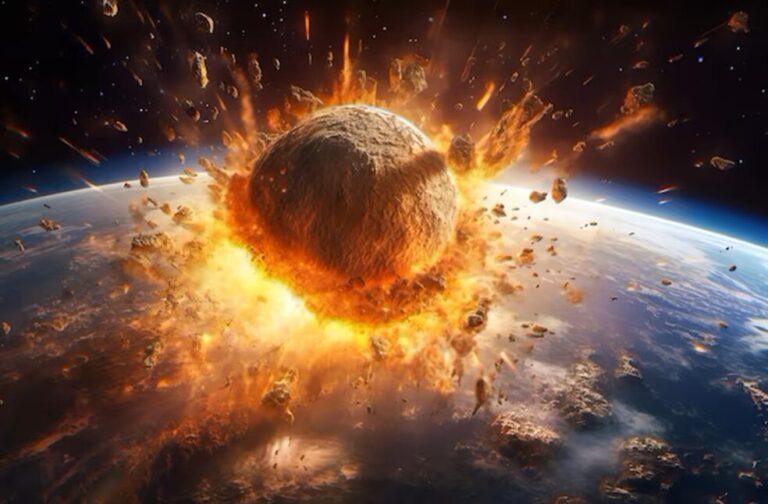South Africa: A colossal meteorite, first identified in 2014, has been found to have caused a tsunami larger than any recorded in human history, boiling Earth’s oceans in the process, according to new research.
The ancient space rock, named S2, was 200 times larger than the asteroid that led to the extinction of the dinosaurs, striking Earth when the planet was just three billion years old.
To investigate the impact, a team of scientists, led by Professor Nadja Drabon from Harvard University, embarked on an expedition to the Eastern Barberton Greenbelt in South Africa. Equipped with sledgehammers, they chiseled off chunks of rock from the impact site to analyse the event’s effects. Remarkably, they found evidence that such massive asteroid impacts were not solely destructive; they also facilitated the flourishing of early life on Earth.
“We know that after Earth first formed, there was still a lot of debris flying around space that would be smashing into Earth. But now we have found that life was really resilient in the wake of some of these giant impacts and that it actually bloomed and thrived,” Drabon explained.

The S2 meteorite, measuring between 40 to 60 kilometres in width, was significantly larger than the 10-kilometre-wide asteroid that caused the dinosaurs’ demise 66 million years ago. When S2 struck Earth, the planet was largely covered by water, with only a few landmasses emerging above the ocean, and was populated by simple, single-celled microorganisms.
The impact site, one of the oldest meteorite crash locations on Earth, presented unique challenges for the research team. Drabon and her colleagues sought spherule particles- tiny fragments of rock ejected during the impact. Using sledgehammers, they collected hundreds of kilograms of rock, which were transported back to their laboratories for analysis.
Through the analysis, the researchers reconstructed the catastrophic events caused by the S2 meteorite. The impact created a 500-kilometer-wide crater, ejecting pulverised rock at tremendous speeds, which formed a global cloud of debris.

The force of the impact generated a massive tsunami that swept across the planet, tearing up the seafloor and inundating coastlines. Drabon suggested that this tsunami would have dwarfed the catastrophic Indian Ocean tsunami of 2004. The immense energy released would have produced heat sufficient to boil the oceans, leading to the evaporation of vast quantities of water and a dramatic increase in air temperatures of up to 100 degrees Celsius.
In the aftermath, the skies would have darkened, choked with dust and debris. With sunlight blocked, photosynthetic life in shallow waters and on land would have faced extinction. However, contrary to expectations, Drabon and her team discovered that these violent disturbances also churned up vital nutrients like phosphorus and iron, essential for sustaining simple organisms.
The findings suggest that these cataclysmic impacts acted like a giant fertilizer, dispersing essential nutrients across the planet and bringing iron-rich water to the surface, invigorating early microbial life.
This research contributes to a growing consensus among scientists that early life on Earth may have benefitted from the violent impacts that characterised the planet’s formative years.



